The sands of time
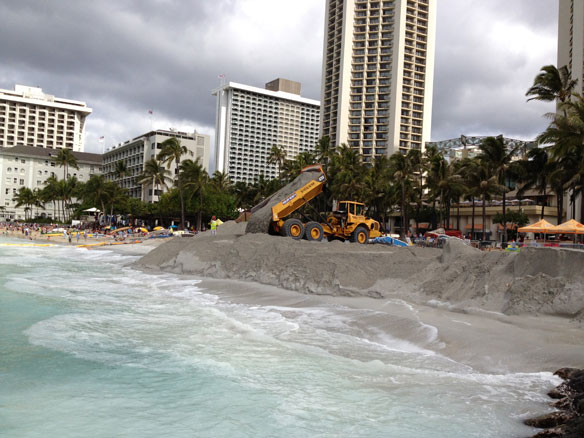
Human intervention to control beach depth is often futile. Repeated studies have found that sand pumped onto beaches in order to protect coastal property may be washed out by a storm or two. These beaches commonly lose all the new sand in five years or so.
Every grain of sand is a metropolis for bacteria
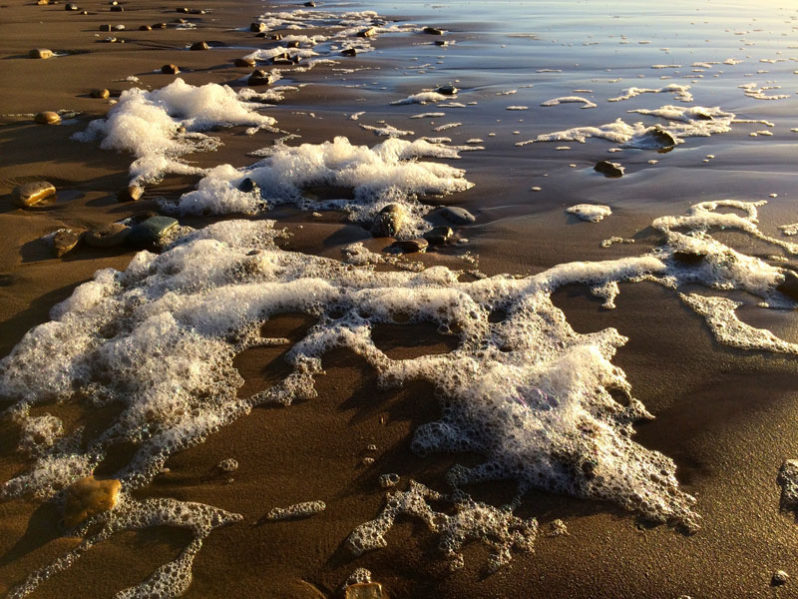
Between 10,000 and 100,000 microorganisms live on each single grain of sand, as revealed in a new study. Sand-dwelling bacteria play an important role in the marine ecosystem and global material cycles.
Protecting The Netherlands’ Vulnerable Coasts With A ‘Sand Motor’
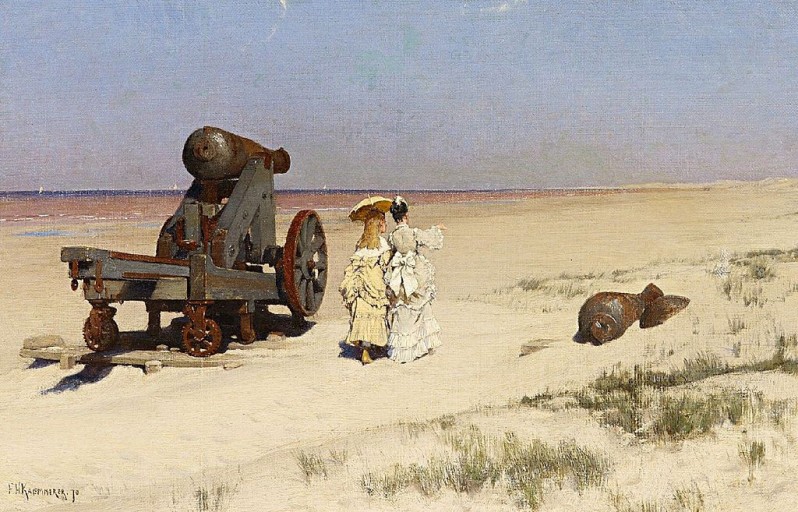
Along the southwestern coast of the Netherlands, not far from The Hague, kite surfers glide on the waves around a huge sand peninsula where beachcombers photograph seagulls. But the peninsula is more than just a recreation spot. It’s also an experiment in coastal management: It keeps the sea away from nearby cities.
Amed Beach, Bali
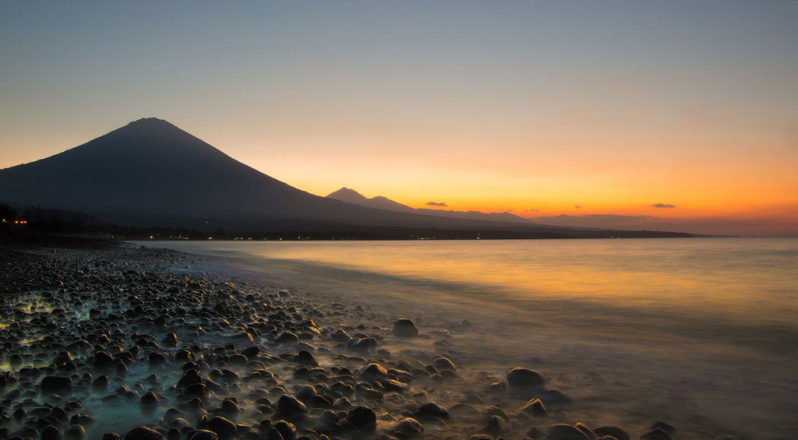
Amed Beach has a second name, one that becomes clearer once you walk to the coast and notice the dark volcanic sand. The gorgeous beach is also dubbed “Black Beauty” for its inky coastline.
At these beaches, you’ll find sand that is naturally green
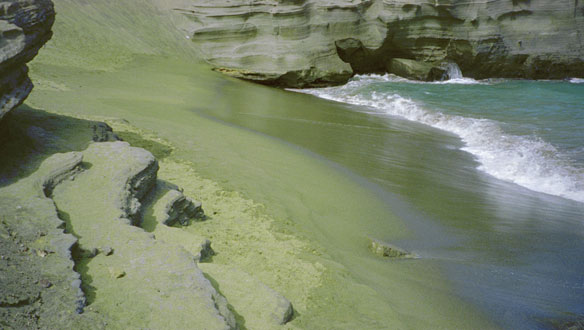
Seeing green at the beach is usually reserved for swaying palm trees or seaweed that washes ashore. But there are exactly four beaches in the entire world have remarkable green sand shores.
How a worldwide sand shortage could impact the design world

Later this month, Dutch Design Week will host a symposium entitled “The Abundance and Scarcity of Sand.” Notable speakers include geologist and author Michael Welland, as well as Denis Delestrac, whose 2013 documentary, Sand Wars, showcased the lengths that contractors and smugglers alike will go to hoard and sell a commodity second only to freshwater, in terms of consumption.
Scientists find new source of radioactivity from Fukushima disaster: in sand and groundwater
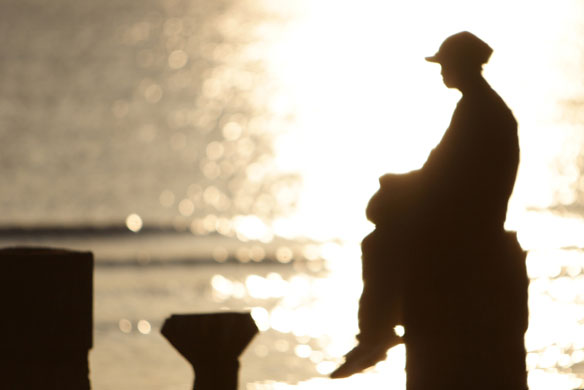
Scientists have found a previously unsuspected place where radioactive material from the Fukushima Dai-ichi nuclear power plant disaster has accumulated—in sands and brackish groundwater beneath beaches up to 60 miles away. The sands took up and retained radioactive cesium originating from the disaster in 2011 and have been slowly releasing it back to the ocean.
Tourists return sand and rock to Iceland with apology note
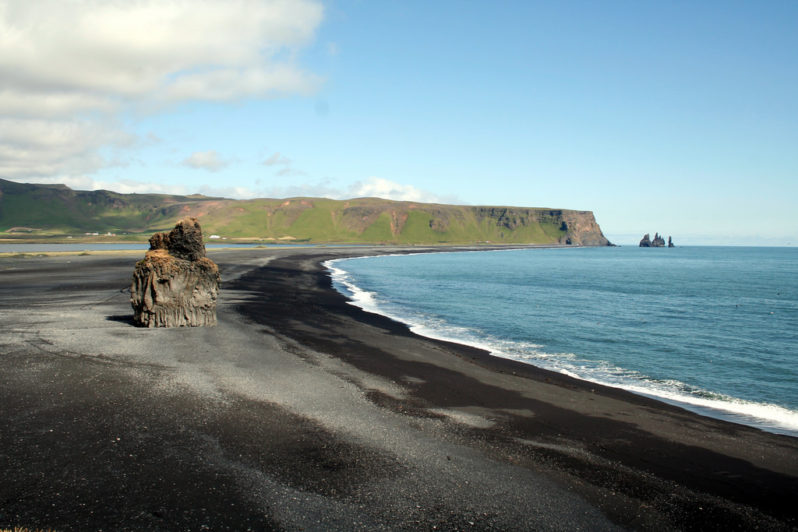
A mother and her 11-year-old daughter felt so bad after they took home some sand and a pebble from Reynisfjara beach on the South Coast of Iceland – which is said to be the most impressive black sand beach in Iceland – they sent them back to the country through the postal service.
Mackenzie Meets Beaufort

The Mackenzie River is the leading source of freshwater flowing into the Arctic Ocean. It’s also a leading source of sediment flowing into that basin.
